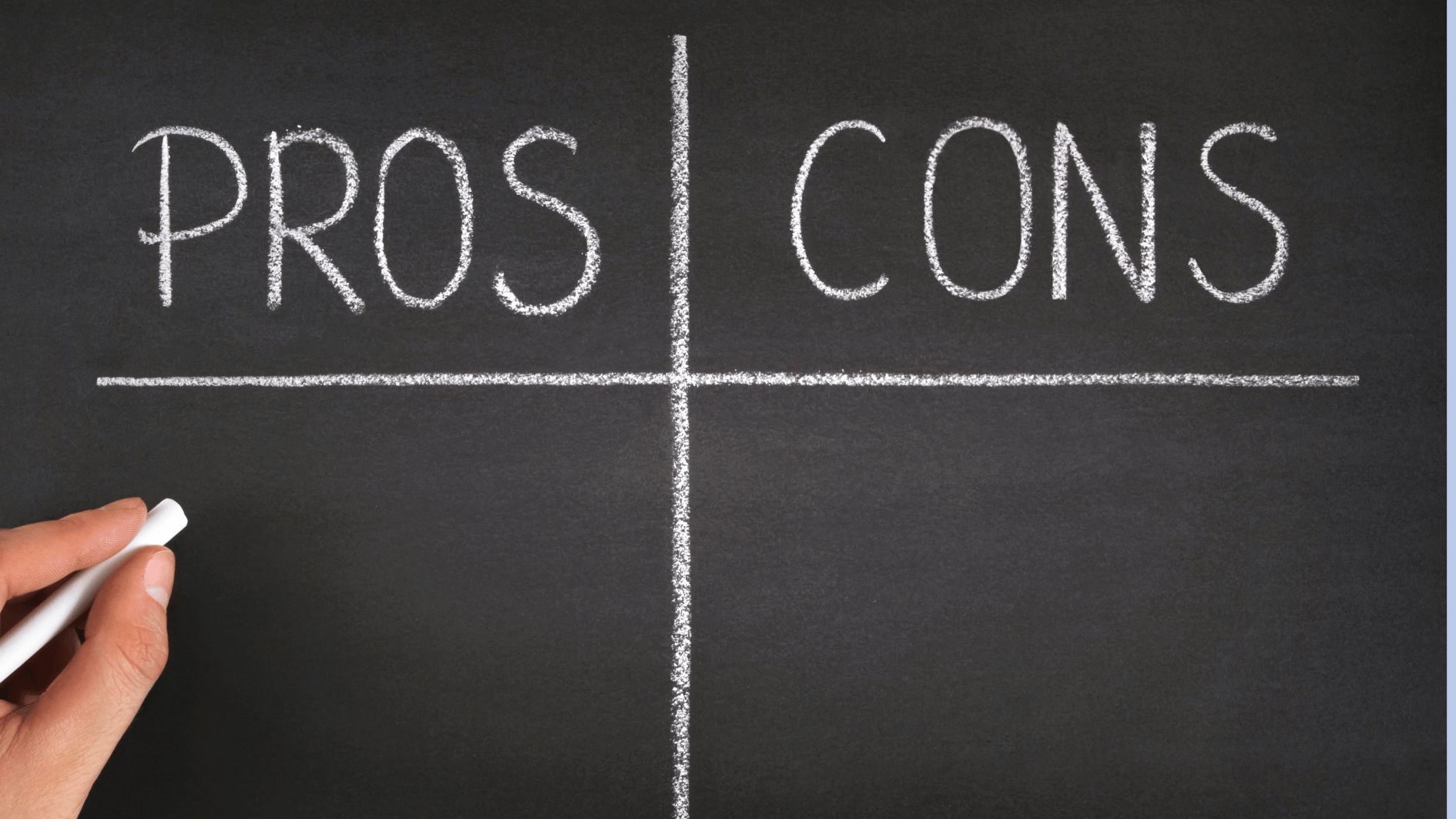Image source: Canva.com
REver wondered how to support renewable energy without installing solar panels or a wind turbine? That’s where Renewable Energy Certificates (RECs) come in. They’re like a golden ticket to backing clean energy and reducing your carbon footprint – without worrying about where your electricity actually comes from.
Think of the electricity grid as a giant smoothie—once the ingredients (coal, wind, solar, etc.) are blended, you can’t separate them. Since it’s impossible to know the exact source of your power, RECs step in to certify that the energy you’re supporting is 100% renewable.
What You Buy
RECs represent the renewable attributes of electricity. For every megawatt-hour (MWh) of clean energy generated, a REC is created.
What You Get
When you purchase RECs, you’re claiming the environmental benefits of that renewable energy, even if the power you use isn’t directly from clean sources.
Defining Renewable Energy

Renewable energy is electricity made from natural resources that never run out. Think of things like:
- Wind (those big spinning turbines)
- Solar (sunlight turned into power)
- Hydropower (electricity from moving water)
- Biomass (organic waste and plants put to good use)
- Geothermal (heat from deep inside the Earth)
The key difference? Unlike fossil fuels (oil, gas, and coal), which are finite and pollute the planet, renewable resources are abundant, clean, and sustainable. They’re the ultimate gift that keeps on giving – helping us power our lives while protecting the Earth.
The Benefits of Buying Renewable Energy Certificates (RECs)
Purchasing RECs allows you to offset your carbon footprint and support clean energy without having to install your own renewable energy systems. By buying RECs, you essentially support the generation of renewable energy and can claim that your electricity use comes from renewable sources.
Advantages of purchasing RECs

Reduces Carbon Footprint
Contributes to lower pollution and less climate change.

Supports Renewable Market
Encourages more renewable energy production.

Flexibility in Sourcing
Choose renewable energy from various locations across the U.S.

Promotes Company Image
Demonstrates commitment to sustainability.

Cost-Effective
Achieve renewable energy goals without installing costly infrastructure.

Community Engagement
Strengthens ties with the community and promotes dialogue on renewable energy.
Factors to Consider When Purchasing Renewable Energy Certificates (RECs)
Origin of Your RECs
RECs are pretty easy to find, but not all sources are created equal. Here’s how you can get them:
Through Your Utility:
- Many electric utilities offer RECs through their green power programs. By signing up, you can support renewable energy while paying a bit extra on your electricity bill.
- Heads-Up: Not all programs are super transparent about where the energy comes from, so do your homework if that matters to you!
Directly from Suppliers:
- Some suppliers sell RECs with full details about where the renewable energy was generated – whether it’s a solar farm in Arizona or a wind farm in Texas.
- Pro Tip: If you care about local renewable energy, make sure the RECs you buy are tied to your region.
By verifying the source of your RECs, you can ensure your purchase aligns with your values and contributes directly to the clean energy transition.
Bundled vs. Unbundled RECs
Bundled RECs
These are tied directly to the purchase of electricity from a specific source and must come from your regional grid. Buying bundled RECs helps support local renewable energy projects and can drive development in areas with less renewable energy generation.
Unbundled RECs
Sold separately from the electricity they represent, unbundled RECs are often cheaper and can come from markets with an oversupply of renewable energy. While unbundled RECs still support renewable energy, they do not necessarily promote local project development.
Choosing Between Bundled and Unbundled RECs
When it comes to RECs, your choice boils down to impact versus cost-efficiency. Here’s how to decide:
Local Impact
Bundled RECs: These come with both the renewable energy and the certificate, directly tied to local renewable energy projects.
- Best For: If supporting renewable energy growth in your area is your top priority.
- Why? Bundled RECs contribute to regional development, encouraging more investment in local clean energy.
Cost Efficiency
Unbundled RECs: These certificates are sold separately from the energy itself, offering flexibility to purchase from a wider range of sources.
- Best For: If your goal is affordability while still claiming renewable energy use.
- Why? Unbundled RECs are typically cheaper and give you access to energy attributes from renewable projects across the U.S.
The Big Picture
- Both bundled and unbundled RECs allow you to claim renewable energy use.
- Bundled RECs: Greater local impact, but potentially higher cost.
- Unbundled RECs: Economical, with broader sourcing options.
Your choice depends on what matters most – making a local difference or finding a cost-effective path to renewable energy support.





